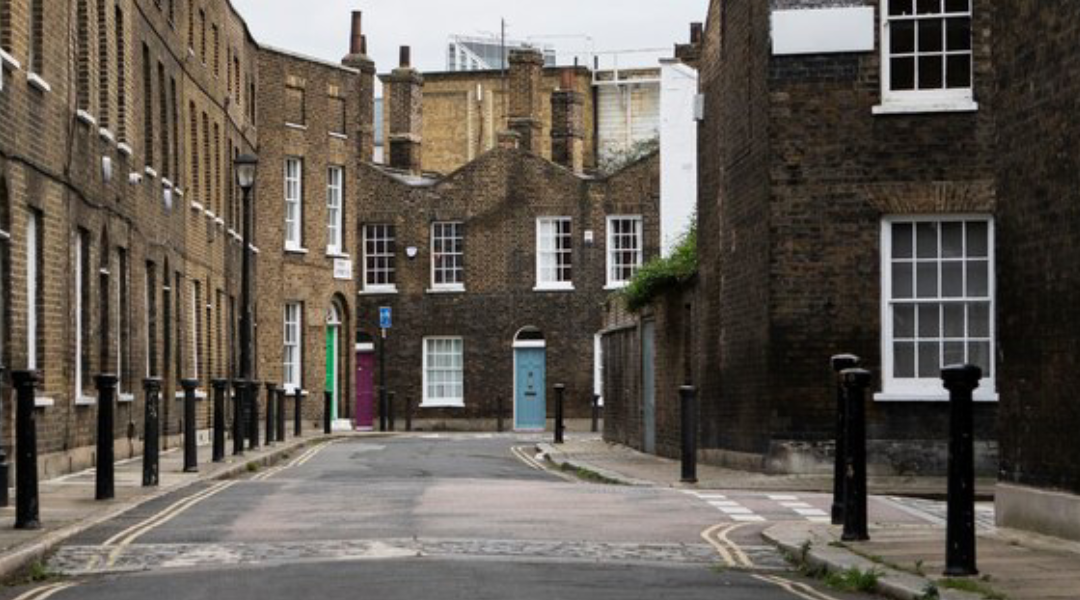How London’s Historic Streets Shape Modern Urban Planning
Explore the impact of London’s historic streets on contemporary urban planning, examining how history informs design and development in the capital.
London is a city where history and modernity coexist, with its historic streets serving as a testament to the capital’s rich past. These streets, each with their unique stories, have shaped the urban landscape and continue to influence contemporary urban planning. Understanding the relationship between London’s historic streets and modern development is essential for preserving the city’s character while accommodating growth. This blog will explore how London’s historic streets impact modern urban planning, the challenges faced in balancing preservation with development, and the role of organizations like the London Topographical Society (LTS) in this ongoing dialogue.
The Significance of Historic Streets in London
Historic streets are more than just thoroughfares; they are the lifeblood of the city, reflecting its cultural heritage and social dynamics. Streets like Fleet Street, known for its historical connection to journalism, and Oxford Street, a bustling shopping destination, are not only vital for transportation but also serve as cultural landmarks.
These streets provide a sense of identity and continuity, connecting Londoners to their history. They offer insights into the city’s development, showcasing architectural styles, urban design, and the evolution of commerce and community life. Preserving these historic streets is crucial for maintaining the character and charm that make London unique.
The Impact of Historic Streets on Urban Planning
Cultural Heritage Preservation: One of the most significant impacts of historic streets on urban planning is the emphasis on preserving cultural heritage. Planners and architects often strive to maintain the historical integrity of streetscapes, ensuring that new developments complement the existing architecture. This approach not only honors the past but also enhances the city’s aesthetic appeal.
Walkability and Connectivity: Many of London’s historic streets were designed with pedestrian access in mind. This focus on walkability has influenced modern urban planning, encouraging the development of pedestrian-friendly environments that prioritize accessibility and connectivity. Initiatives such as the “15-minute city” concept, which aims to create neighborhoods where residents can access essential services within a short walk, draw inspiration from the walkable nature of historic streets.
Mixed-Use Development: Historic streets often feature a mix of residential, commercial, and cultural spaces, fostering vibrant communities. Modern urban planning increasingly embraces mixed-use development, recognizing the benefits of creating spaces where people can live, work, and socialize. This approach not only enhances community engagement but also reduces the need for extensive commuting, contributing to sustainability efforts.
Public Spaces and Greenery: The integration of public spaces and greenery into urban environments is another area where historic streets have had a lasting impact. Many historic streets in London are lined with parks, squares, and gardens that provide essential green spaces for residents. Contemporary urban planners are increasingly incorporating parks and public spaces into their designs, recognizing their importance for mental well-being and community cohesion.
Historical Context in Design: Urban planners today often look to the historical context of streets when designing new developments. This involves understanding the historical significance of an area and how it has evolved over time. By considering the historical context, planners can create designs that resonate with the community and reflect the character of the neighborhood.
Challenges in Balancing Preservation and Development
While the influence of historic streets on modern urban planning is profound, challenges arise when attempting to balance preservation with the need for development.
Regulatory Constraints: Historic streets are often subject to strict regulations that protect their character and integrity. While these regulations are essential for preservation, they can also hinder new developments and limit the flexibility of urban planners.
Economic Pressures: The demand for housing and commercial space in London can lead to pressure to develop historic sites. Striking a balance between meeting the needs of a growing population and preserving the historical character of streets is a complex challenge faced by city planners.
Community Engagement: Engaging local communities in the planning process is vital for successful urban development. However, differing opinions on what constitutes preservation versus development can lead to conflicts. Planners must navigate these discussions carefully to ensure that community voices are heard and considered.
The Role of the London Topographical Society
The London Topographical Society plays a crucial role in the dialogue surrounding historic streets and urban planning. Through its extensive collection of historical maps, publications, and research, the LTS provides valuable resources for understanding the historical context of London’s streets.
Research and Publications: The Society publishes works that delve into the history of London’s streets, offering insights into their significance and evolution. These publications serve as essential resources for urban planners, historians, and community advocates.
Public Engagement: The LTS organizes events and lectures that foster public engagement with London’s history and urban development. By bringing together experts and community members, the Society encourages discussions about the importance of preserving historic streets while accommodating modern needs.
Advocacy for Preservation: The LTS advocates for the preservation of London’s architectural and cultural heritage, emphasizing the importance of historic streets in maintaining the city’s identity. Their efforts contribute to raising awareness about the value of preserving these streets for future generations.
Conclusion
London’s historic streets are a vital part of the city’s identity, influencing contemporary urban planning in numerous ways. From promoting walkability and mixed-use development to emphasizing cultural heritage preservation, these streets serve as a foundation for modern urban design. However, the challenges of balancing preservation with development require careful consideration and collaboration among stakeholders.
Organizations like the London Topographical Society play an essential role in this ongoing dialogue, providing resources and fostering public engagement. By understanding the significance of historic streets and their impact on urban planning, we can work towards a future that honors London’s rich heritage while accommodating the needs of its diverse population.
Whether you are a resident, a planner, or simply a history enthusiast, engaging with the stories behind London’s streets can deepen your appreciation for the city and its evolution. Join the London Topographical Society to explore the fascinating intersection of history and urban planning, and contribute to the preservation of London’s architectural legacy.
To learn more about the Society’s efforts in safeguarding the city’s heritage, check out this article on The Role of the London Topographical Society in Preserving London’s Heritage and explore additional resources on London’s cultural preservation.







